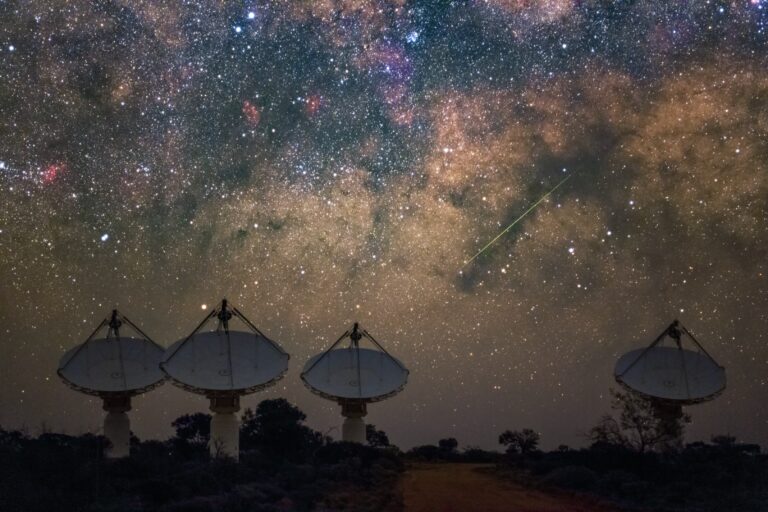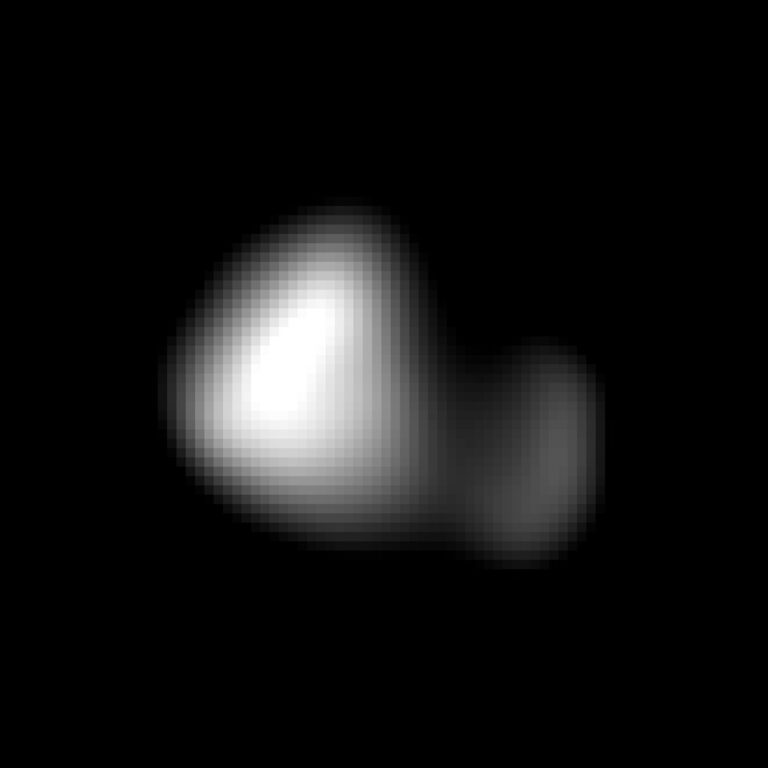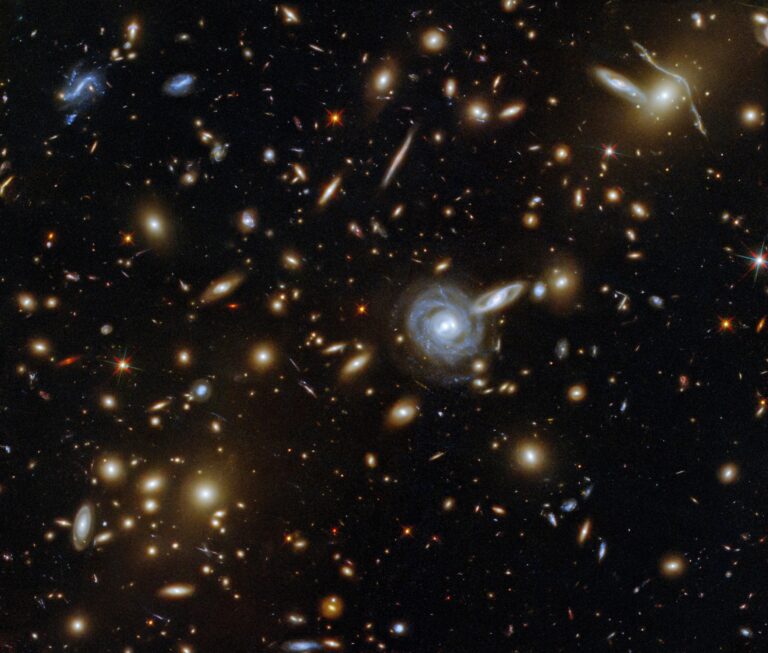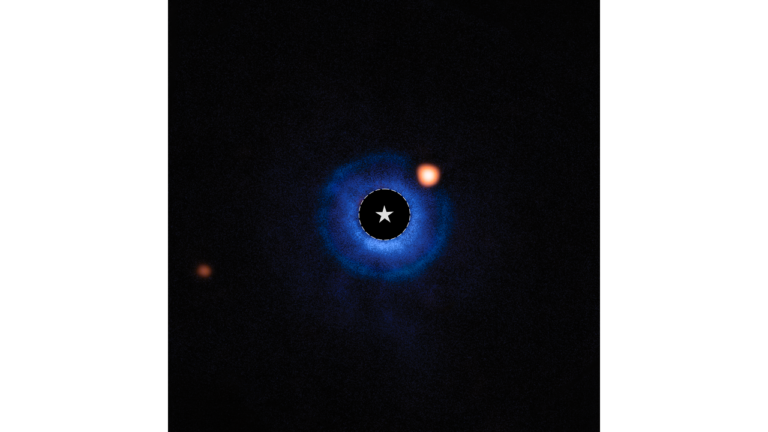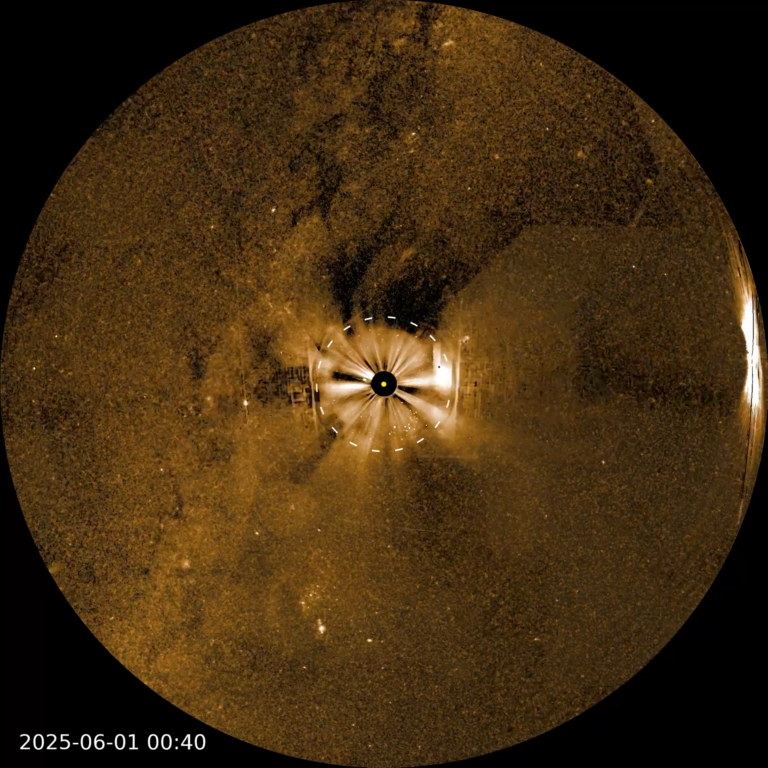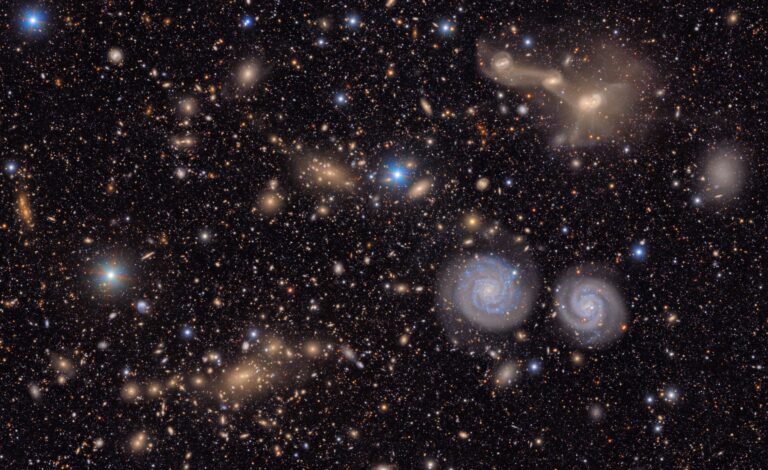
Editor David J. Eicher gives a video tour of the October 2010 issue
WAUKESHA, Wis. — For centuries, finding another Earth somewhere in the cosmos has been the dream of scientists, philosophers, and curious skygazers alike. But today, we are finally living in an era where such a search is possible. Astronomers have already discovered more than 450 exoplanets, albeit none earthlike. Does that mean our planet is rare? Not necessarily. Search techniques are just not sensitive enough yet to find them. But to better understand how to find these earthlike exoplanets, scientists must first consider how the planets in our solar system formed.
In “How astronomers will find another Earth,” author Debra Fischer explores what scientists have learned about our planet and our solar system and how this knowledge influences the search for life on worlds byeond our home star.
Time for life to develop is one consideration. “About 500 million years ago (roughly the last tenth of Earth’s existence), the Cambrian explosion ushered in an unprecedented diversity of complex life-forms,” Fischer writes. “Then, recently — in just the past 0.2 percent of Earth’s existence — humans appeared. … When we find other ‘habitable’ worlds, will they be inhabited when we observe them?”
To learn about what other factors scientists must consider in their search for other Earths and the ways they are going about this expedition, pick up the October issue of Astronomy, on newsstands August 31.
“Explore the pulsar menagerie”
Some 25 years ago, experts thought they had extremely dense objects called neutron stars figured out. The Crab Nebula’s pulsar — a fast-spinning neutron star that emits jets of radiation at its magnetic axes — was the poster child for these objects. But today, astronomers aren’t so sure their understanding is complete, as they are observing new and increasingly varied neutron stars. In “Explore the pulsar menagerie,” author Victoria M. Kaspi delves into the characteristics of this bizarre segment of the neutron star population and explores how each might relate to the other members of the family.
“How to pick a camera for astroimaging”
Years back, photographers who wanted to capture sky images had to use the same basic equipment for each different shot: a 35mm film single-lens reflex camera. If it didn’t capture certain objects easily, imagers were stuck. But those days are no more. In “How to pick a camera for astroimaging,” the first installment in a five-part series, author Michael A. Covington sorts through the wide range of devices photographers can choose from today, detailing their strengths and weaknesses for attaining different cosmic images.
October night-sky events visible without optical aid
October 9: The Moon swings above Venus at dusk.
October 20: A nearly Full Moon joins brilliant Jupiter in the night sky.
October 20: Comet 103P/Hartley reaches its peak, when it may glow bright enough for viewers to see it with naked eyes under a dark sky.
October 21: The Orionid meteor shower peaks, although it will have to compete with a nearly Full Moon.
Also in the October 2010 Astronomy
- “Illustrated: Inside our home supercluster” — Our Local Group of galaxies is but one small cog in the vast wheel of the Virgo supercluster.
- “10 top autumn binocular treats” — All you need to enjoy these seasonal targets is a dark sky and good binoculars.
- “All about the Double Cluster” — Two brilliant open clusters in Perseus hold dozens of stars younger than the Sun.
- “Astroimager’s delight: Canon’s EOS 5D Mark II” — Ease of use, tons of features, and a whopping 21 megapixels of resolution are all reasons to look at this camera.
- “The Sky this Month” — Exclusive pullout star charts will guide you through October’s night sky.
- The October issue of Astronomy also includes Astro News, Astro Confidential, Bob Berman’s Strange Universe, Glenn Chaple’s Observing Basics, David Levy’s Evening Stars, Stephen James O’Meara’s Secret Sky, Ask Astro, Deep-sky Showcase, The Cosmic Grid, New Products, and Reader Gallery.


